The Man with the Golden Gun-1974
Director Guy Hamilton
Starring Roger Moore, Christopher Lee, Britt Ekland
Top 250 Films #142
Scott’s Review #346
Reviewed January 9, 2016
Grade: A
Though not typically regarded as one of the more appealing of James Bond films, and the second chapter to feature Roger Moore, Sean Connery’s replacement, The Man with the Golden Gun (1974) is one of my favorites, firmly placed in my top 5 of 007 offerings.
This could be the result of the film being one of my first introductions to the world of 007 as a child.
Moore seems more comfortable in the role than he did in the uneven Live and Let Die, released in 1973.
Qualities that make The Man with the Golden Gun a success include the wonderful casting of Christopher Lee, a famed horror film icon, in the central role of Francisco Scaramanga, the title character, and nemesis of Bond.
Who cannot think of Count Dracula while watching Lee act- his dark, swarthy looks, angular face, and his deep baritone voice make for a perfect villain.
Known in large part for participation in Hammer Horror films opposite another legend, Peter Cushing, this is casting at its finest and a true high point of the film.
To summarize the story, MI6 receives a golden bullet with “007” sketched on the side, a clear threat to the life of James Bond. It is assumed to have been sent by the famed assassin, Scaramanga, whose trademark is a deadly golden gun.
Bond is ordered to remove himself from his current mission, but he pays no mind and sets out to find Scaramanga on his own, leading him into a mystery involving a stolen solar energy weapon feared to destroy the world.
The adventure takes Bond to a bevy of gorgeous locales such as Hong Kong, Thailand, Macau, and the South China Sea where our villain resides on a private island reached only by helicopter.
I found the main locale of the sunny deserted island and Scaramanga’s dwarf sidekick, Nick Nack, great aspects of the film. Majestic caves, sandy beaches, and a gorgeous array of water set the tone with gorgeous fantasy elements.
Servant Nick Nack is sinister, but with a sweet smile, one almost trusts him as he serves lunch or expensive champagne to guests sure to be killed afterward.
The secret maze of mirrors that Bond finds himself in is made perfect by Nick Nack’s taunting and cackling. And the flying car that Scaramanga and Nick Nack drive-in, though gimmicky, is a real hoot.
A demerit to The Man with the Golden Gun that I have always been able to look past since other factors usurp her importance is the miscasting of Britt Eklund as Bond’s assistant, Mary Goodnight.
The writer’s pen Goodnight as simpering, silly, and a big goof. An attempt at comic relief falls flat as the character epitomizes a blonde bubblehead- constantly screwing up everything.
Scaramanga’s girlfriend and co-Bond girl, Andrea Anders, played by Maud Adams is much better, though we do not get to know the character very well before she is offed.
Fortunately, Adams would return to star in Octopussy in 1983.
Perhaps middling at times and suffering from some negative characteristics, The Man with the Golden Gun (1974) is a love of mine, a trip down memory lane to a time as a child when I was first discovering my love and zest for James Bond films.
This offering cemented my love of Roger Moore in the central role and I still adore watching this film.
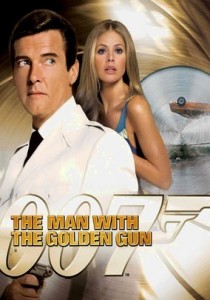
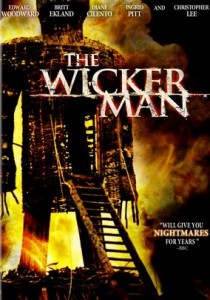
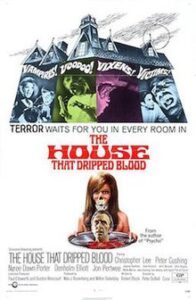
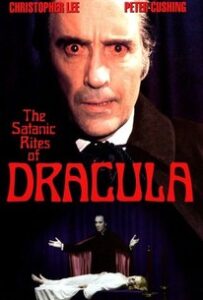
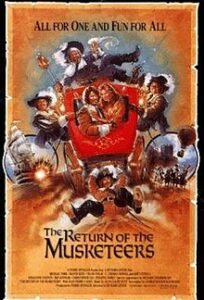
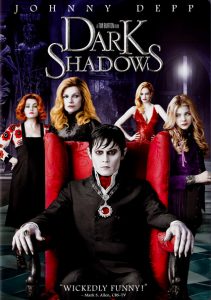
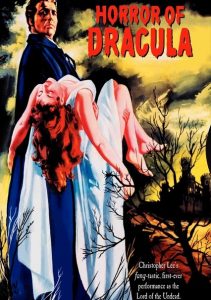
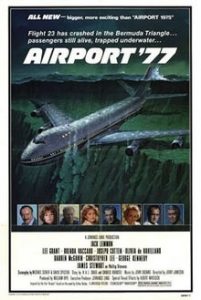
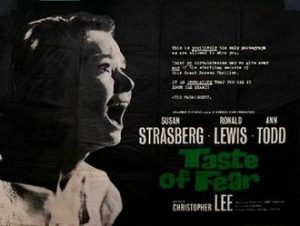

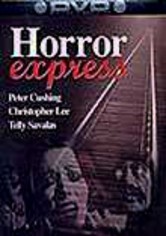
![220px-Madhouseposter[1]](http://scottsfilmreviews.com/wp-content/uploads/2015/04/220px-Madhouseposter1-196x300.jpg)